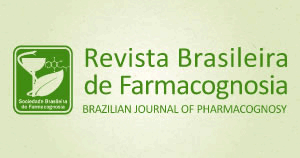It is now widely-recognized that the view that herbal remedies have no adverse effects and/or toxicity is incorrect; some traditionally-used plants can present toxicity. The well-established popular use of Ageratum conyzoides has led to its inclusion in a category of medicinal crude drugs created by the Brazilian Health Surveillance Agency. Ageratum belongs to the Eupatorieae tribe, Asteraceae, and is described as containing toxic pyrrolizidine alkaloids. Aqueous extracts of Ageratum conyzoides L. harvested in Brazil (commercial, flowering and non-flowering samples) were prepared according to the prescribed method and analyzed by HPLC-HRMS. The pyrrolizidine alkaloids lycopsamine, dihydrolycopsamine, and acetyl-lycopsamine and their N-oxides, were detected in the analyzed extracts, lycopsamine and its N-oxide being known hepatotoxins and tumorigens. Together with the pyrrolizidine alkaloids identified by HPLC-HRMS, thirteen phenolic compounds were identified, notably, methoxylated flavonoids and chromenes. Toxicological studies on A. conyzoides are necessary, as is monitoring of its clinical use. To date, there are no established safety guidelines on pyrrolizidine alkaloids-containing plants, and their use in Brazil.
Ageratum conyzoides; Asteraceae; chromenes; lycopsamine; methoxylated flavonoids; pyrrolizidine alkaloids







